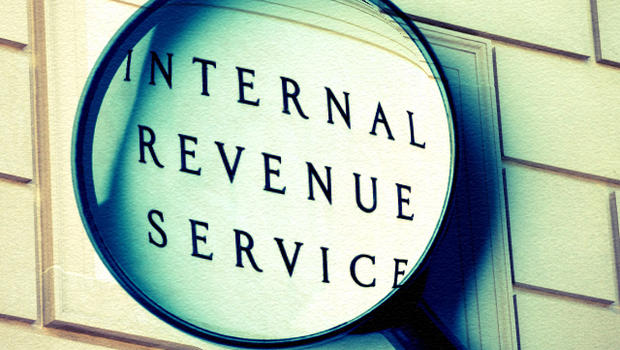When a taxpayer fails to pay taxes and the IRS’ initial efforts to collect the back taxes are unsuccessful, the IRS can take money directly from the taxpayer’s paycheck. This is commonly referred to as wage garnishment, although sometimes it may be called a wage levy. Wage garnishment is one of the more severe methods the IRS can rely on to collect back taxes and it’s not easy to stop, but taxpayers have a few options to consider.









